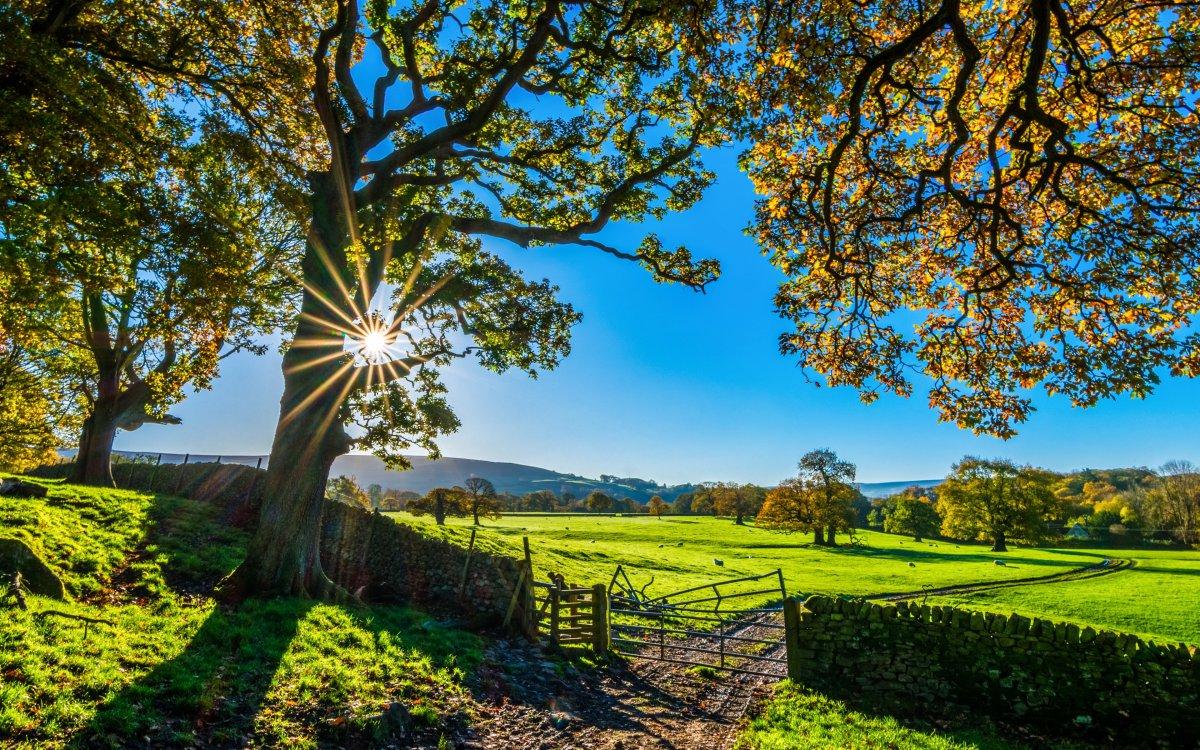The 1920s were a time of change and transformation in America. The country was recovering from World War I, and new trends and cultural norms began shaping the society. This period, also known as the Roaring Twenties, was marked by economic growth, jazz music, and the rise of consumerism. In this article, we’ll explore the cultural norms of the 1920s and how they influenced American society.
The Rise of Consumerism
One of the major changes in the 1920s was the rise of consumerism. The country emerged from the war with a newfound sense of prosperity, and people had more disposable income than ever before. This led to the growth of industries like advertising and marketing, which focused on convincing people to buy more products. From cars to radios to clothing, Americans were eager to buy the latest and greatest products.
Flappers and Women’s Liberation
Another cultural norm that emerged in the 1920s was the “flapper” lifestyle, which was a symbol of women’s liberation. Flappers were young women who wore short skirts, bobbed their hair, and rejected traditional gender roles. This lifestyle was a reflection of the changing attitudes towards women’s rights and the move towards equality.
Jazz Music and the Harlem Renaissance
Jazz music became the soundtrack of the 1920s, with prominent musicians like Louis Armstrong and Duke Ellington leading the way. This new style of music was a fusion of African American and European musical traditions and was a reflection of the growing racial equality movement. The Harlem Renaissance, which was a cultural movement that centered around African American literature, music, and art, also emerged in the 1920s as a celebration of black culture and creativity.
Prohibition and the Rise of Organized Crime
One of the most significant cultural norms of the 1920s was Prohibition, which made it illegal to produce, distribute, or sell alcohol. This led to the rise of organized crime, as bootleggers and speakeasies emerged to fill the demand for alcohol. This cultural norm was a reflection of the conservative attitudes of the time and the push for moral reform.
Conclusion
The 1920s were a time of significant change and transformation in American society. The rise of consumerism, women’s liberation, jazz music, and prohibition were just a few of the cultural norms that emerged during this period. These changes reflected the shifting attitudes towards equality, freedom, and individualism. Looking back, we can see the impact that these cultural norms had on American society, and how they helped shape the country we know today.
(Note: Do you have knowledge or insights to share? Unlock new opportunities and expand your reach by joining our authors team. Click Registration to join us and share your expertise with our readers.)
Speech tips:
Please note that any statements involving politics will not be approved.
